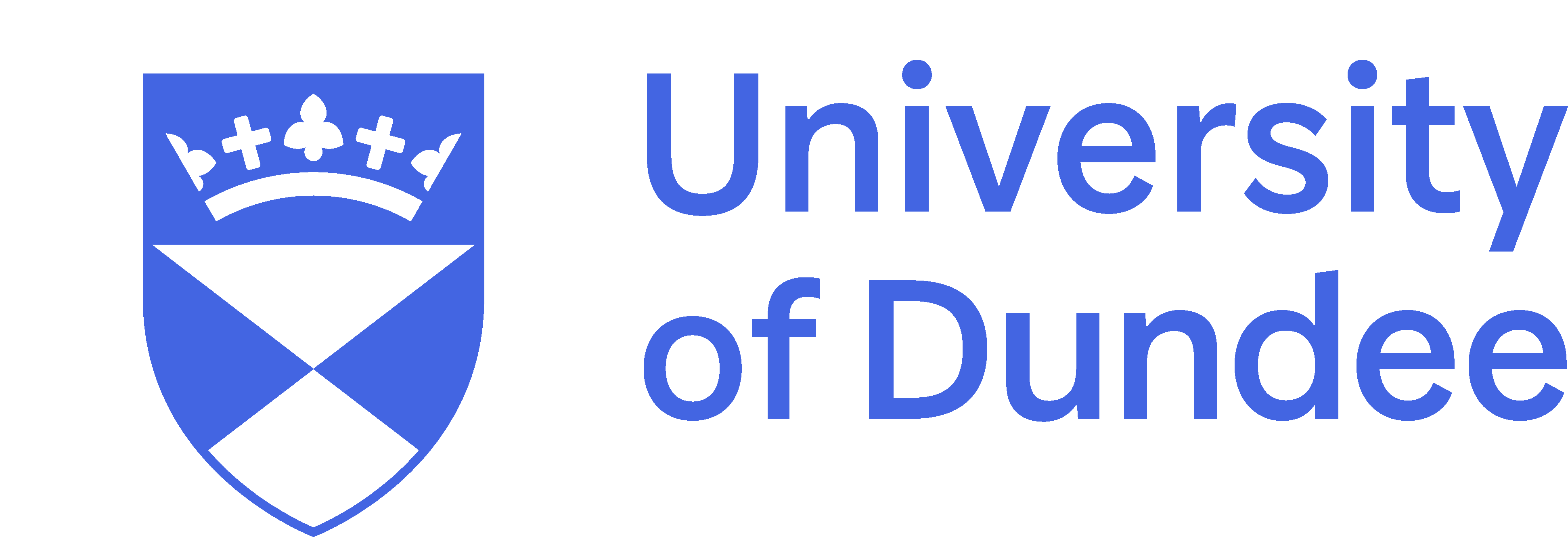Key Facts
Chiara Maniaci completed her PhD in the School of Life Sciences (2014-2017 working in Ciulli lab with some support from Alessi-MRC-PPU lab). During her PhD Chiara developed an approach that has become known as “Homo-PROTACs” that dimerize an E3 ligase to trigger its suicide-type chemical knockdown inside cells. This technology has been widely used as a chemical probe for selective VHL and other E3 ligase knockdowns to explore their biological roles. Chiara’s 2017 PhD paper in Nature Communications has been cited nearly 150 times.
After leaving Dundee Chiara undertook a postdoc at the University of Oxford in Chris Schofield and Prof. Akane Kawamura labs and since 2020 has been working as an independent “BBSRC Discovery Fellow” at the University of Newcastle.
Chiara’s current research focuses on a new pathway that she will tell us about that I understand involves a potential deubiquitylase (DUB)/protease and a new protein translational modification involving the hydroxylation of lysine residues by an enzyme that Chiara has identified. The abstract of Chiara's talk is below. Chiara is very keen to get feedback on her interesting research programme from us. I hope anyone with an interest in protein translational modifications and enzymology is able to attend the talk. This will be an in person only seminar.
Talk Abstract
It is well understood that the complexity of cellular proteome derives in large part from changes beyond transcription and translation. There exists a large portion of proteins, called the dark proteome, that arise post-translationally in ways that we do not yet fully understand. One way the cell diversifies its proteome is by using proteases to post-translationally cleave progenitor proteins. The released neo-protein fragments may be stable in vivo and acquire neo-functions of biological and therapeutic relevance. I hypothesize that these neo-proteins, in particular their newly revealed neo-termini, become hotspots for post-translational modifications (chemistry) and neo-functions (biology). In my talk, I will highlight the exciting discovery of an unprecedented lysyl hydroxylation occurring specifically at the neo-N-terminus of a post-translationally cleaved ubiquitin-like containing protein. I found that this modification regulates protein stability and function in the cell. The revealed “cleave-to-modify” mechanism exemplifies a concept that may be general and widespread, opening exciting avenues to discover new biology and tools.

